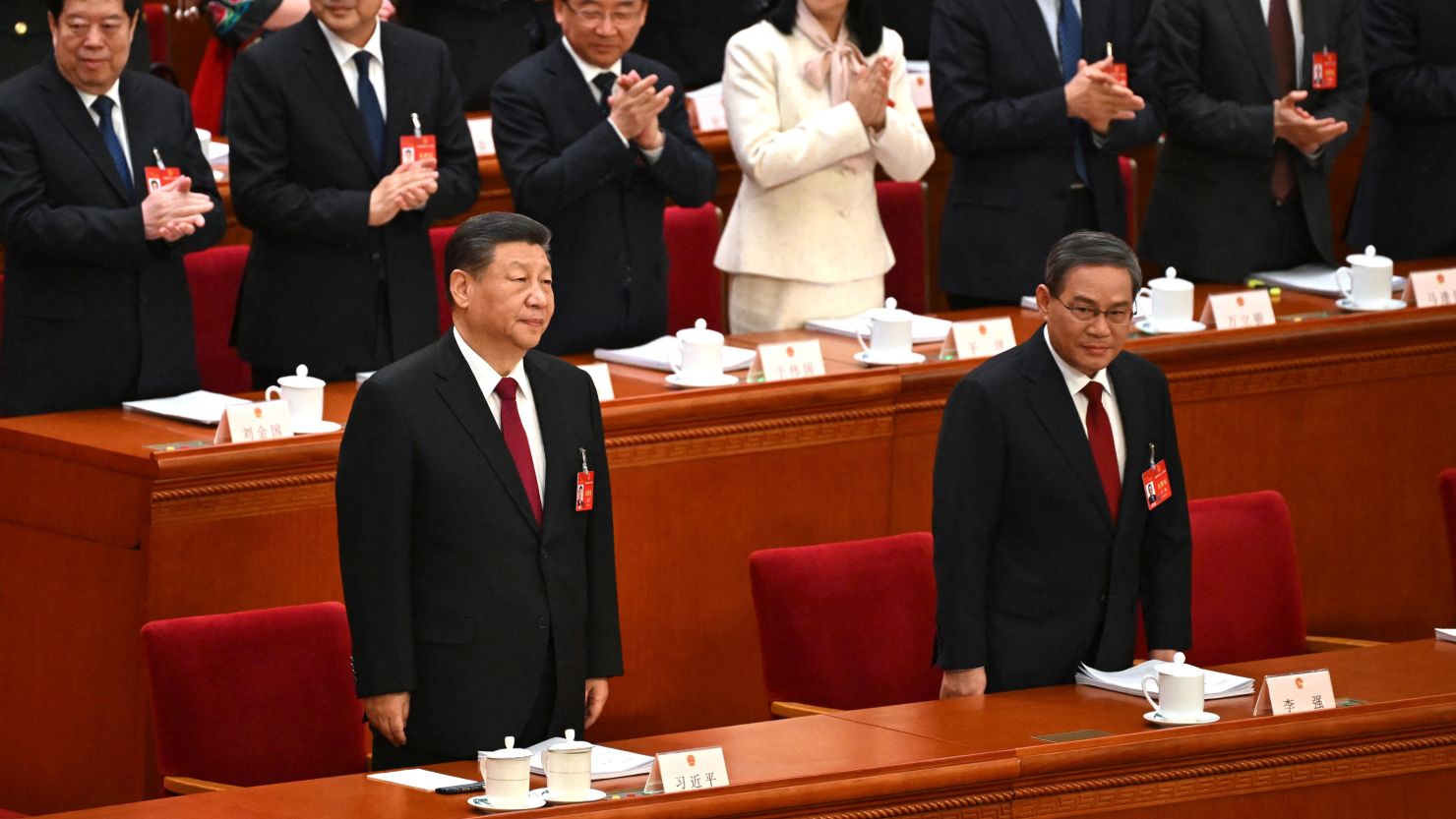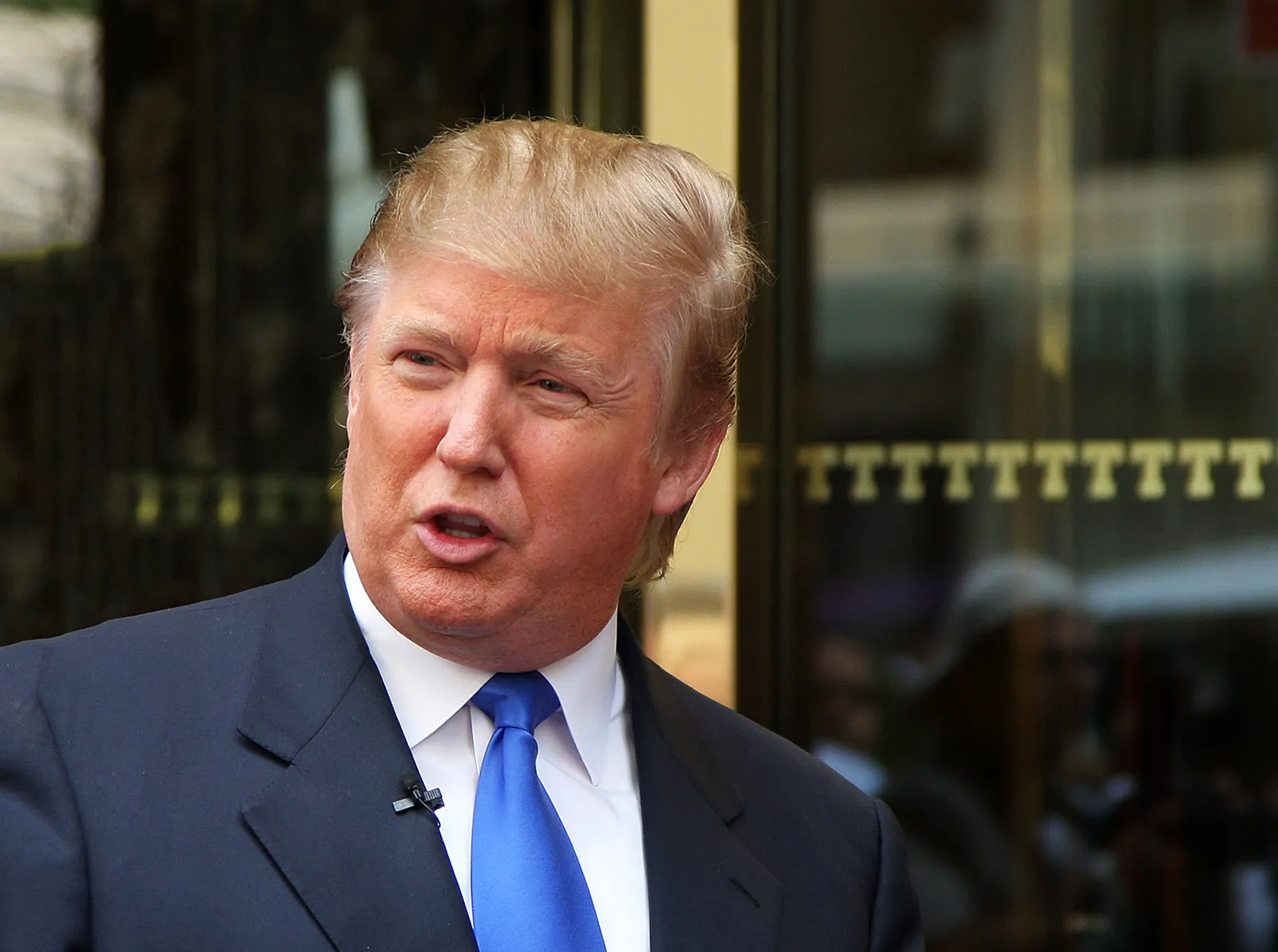“People are good neighbors, and the treasures of the country are also.” This is the statement in the “Six-year-old Nicholas” that describes the importance of neighboring diplomacy to the maintenance of national security. For China’s diplomacy, neighboring countries have always been the priority.
After Chinese President Xi Jinping took office, the relationship between Beijing and the major friends has undergone considerable changes from the disputes in the South China Sea, the confrontation between China and India, and the relationship between China and the DPRK.
Among them, the change of the relationship between China and Singapore is particularly worthy of attention.
Singaporean Prime Minister Lee Hsien Loong delivered a speech on the 20th National Day Mass Conference on the evening of August 18th and mentioned the China-US trade war. He believes that no country, including Singapore, should choose a side station (between China and the United States).
Lee Hsien Loong believes that the United States must work hard to establish constructive bilateral relations with China and realize that it is neither possible nor sensible to prevent the rise of the latter. China, as a global power, should also consider other countries and consider their Benefits and views.”
After the China-US trade war began, Lee Hsien Loong repeatedly talked about China and the United States in public. For example, at the Shangri-La Dialogue on May 31, Lee Hsien Loong said that countries headed by the United States should adapt to a more influential mainland China and accept the fact that it will continue to grow, and it is harder to stop it. At the same time, it also reminds China to show its strength in a restrained way and act in accordance with international norms.
On June 24, Lee Hsien Loong said in an interview with the Nihon Keizai Shimbun that he clearly stated that “welcome” China will join the 11-nation Trans-Pacific Partnership Agreement (TPP) that does not include the United States.
At the time of the G20 summit of the Osaka Group of Japan in June 29, Lee Hsien Loong hoped that China and the United States would restart negotiations, and he repeatedly stressed that Singapore is unwilling to choose the side station between China and the United States.
Lee Hsien Loong’s statement shows that in the international community under the competition between China and the United States, he is unwilling to favor the neutral stance of either side. On the one hand, he calls on all countries to look at the growth of mainland China positively; at the same time, he also demands that the mainland should integrate into the world system.
It is worth noting that his attitude is obviously different from the previous one. Prior to 2016, during his visit to the United States, Lee Hsien Loong expressed his hope that the United States will continue to maintain its indispensable leadership position in the Asia-Pacific region. All ASEAN countries warmly welcome the United States to rebalance the Asia-Pacific region.
Former foreign diplomats in Singapore also publicly questioned the consensus reached between China and some Southeast Asian countries on the South China Sea issue, and nicknamed China’s interference in ASEAN’s internal affairs and exerted pressure on ASEAN countries. The Singapore Foreign Minister also issued a separate statement at the ASEAN Foreign Ministers’ Meeting, expressing serious concerns about China’s recent progress in the South China Sea.
In summary, Singapore has seen tremendous changes between China and the United States. Why is Singapore so changing?
The first is that this is the result of Singapore’s adjustment. Singapore is one of the first countries to witness the growth of China. For China’s rise and strength, Singapore’s incompatibility and lack of concern is no less than the United States and other Western countries.
Although Singapore is a small country, it is also the only developed country among ASEAN members. It can be said to be one of the “models of development” in Asia and the world. Singapore was once a “teacher” in China. Deng Xiaoping, the former leader of the Chinese Communist Party, was surprised by the degree of prosperity when he visited Singapore in 1978. In 1992, he published a “Southern Speech” to encourage cadres to “learn from the world, especially to Singapore.”
After 40 years of development, China’s economic and international roles have undergone tremendous changes, and Beijing’s positioning of Singapore has also changed. Singapore is no longer a “model” for Chinese learning, but an important partner and friend. Singapore clearly cannot accept such a new mode of getting along immediately.
Li Xianlong’s wavering changes between the South China Sea and China and the United States in the early days actually showed Singapore’s entanglement and incompatibility in dealing with China’s rise.
After several years of adaptation, it can be confirmed from Lee’s recent statement that Singapore is adapting to the model of getting along with China. Lee Hsien Loong reminded the United States to accept China’s “strong” stance, not only for the friendship of various countries, but in fact more like Singapore’s own experience.
Secondly, in addition to his own reasons, Lee Hsien Loong’s changes also have Chinese and American factors. Lee Hsien Loong’s previous swing also had expectations for the United States. Earlier, Lee Hsien Loong had hoped that the United States would return to the Asia-Pacific region. However, Trump’s coming to power broke Lee’s “conception.” When Donald Trump took the stage to withdraw from the TPP, he rarely used the South China Sea issue to attack Beijing. Compared with returning to Asia, Trump is more concerned with “making the United States great again” and negotiating and launching trade wars with countries on trade issues.
Singapore itself is a city country. Its land area and population make its development face some innate shortcomings. Multilateral trade is an important booster for its economic development. This is obviously not consistent with the “unilateralism” pursued by the United States. Trump’s move made Singapore “chilling”. Lee Hsien Loong not only publicly supported “multilateralism” but also warned the United States: “The China-US trade war will bring disaster to the world.”
This sentiment between the United States and Singapore is “lightening”, while China is actively approaching relations with ASEAN countries. Beijing has always placed ASEAN on the front page of the foreign cooperation agenda, seeing ASEAN as the priority of foreign diplomacy and the “Belt and Road”. Construction of key areas. After the South China Sea issue has stabilized, the relationship between China and ASEAN has developed rapidly.
Nowadays, China and the Philippines have started discussions on the “co-development” of the South China Sea. The draft single-consultation text of the “South China Sea Code of Conduct” has been formed, and the major voice countries rarely attack China on the South China Sea issue and actively promote China. The Belt and Road Initiative.
The positive attitude of China’s neighboring diplomacy has already been effective, and Trump’s move has also made Singapore recognize that relying on the United States today is not a good strategy. If it is “disturbed” from China, it will not benefit Singapore’s development.
According to changes in the international situation, we will adjust foreign policies in a timely manner so as to continue to swim between big powers: Singapore is a small country, but it can survive vigorously in the international arena, which has much to do with the wisdom that the government has shown when dealing with big powers.











